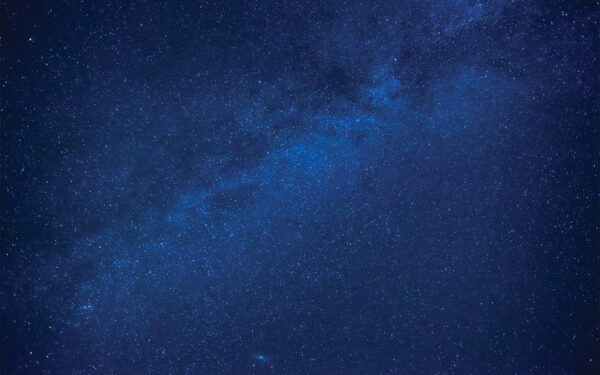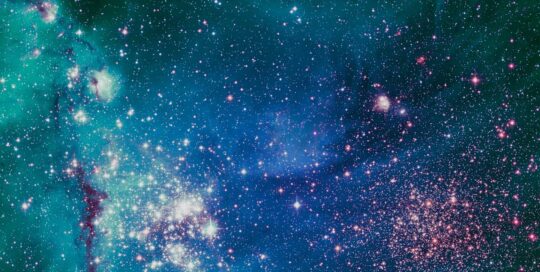The University of Adelaide has today launched its new off-Earth surface testing environment for space technology, the Exterres Laboratory.
The Extraterrestrial Environmental Simulation (Exterres) Laboratory – which is the first of its kind in Australia – provides the South Australian space industry with a crucial stepping stone in developing the technology required for accompanying humans into deep space.
The new lab, located on North Terrace, offers researchers the opportunity to simulate and test equipment in both lunar and Martian surface environments through highly controlled and monitored settings.
With Robotics and Automation a priority for the Australian Space Agency, Head of the ASA Enrico Palermo said the Exterres lab will fast-track technologies necessary for Australia to have “a sustainable long-term presence on the Moon and beyond.”
“The research undertaken in this facility will make significant contributions to Australia’s sovereign capability in off-world infrastructure operations – which aligns with our recently released Robotics and Automation on Earth and in Space Roadmap,” said Mr Palermo.
University of Adelaide’s Associated Professor John Culton, Professor of Off-Earth Resources and Director of the Andy Thomas Centre for Space Resources, has led the project and explains that it will be crucial in learning more about how technology interacts in space.
“Understanding how technology will perform when exposed to harsh extra-terrestrial environments is critical to supporting long-term human presence in deep space, specifically the Moon and Mars,” he said.
“Space hardware will be tested in the lab’s Regolith Thermal Vacuum Chambers (rTVAC), a 9m2 sealed lunar regolith simulant pit and a 27m2 sand pit which can be tailored to simulate specific off-world environments.”
An rTVAC represents a rare piece of surface testing kit which will allow the testing of equipment in combined atmospheric, thermal, and regolith environments found at the lunar south pole and on Mars.
The lab’s rTVAC is also an important piece of space history for South Australia; it was used in the testing of Australia’s first satellite the Weapons Research Establishment Satellite (WRESAT) in the 1960s.
“In addition, the regolith and sand pits are instrumented using a 3D motion capture system that allows detailed analysis of the capabilities of experimental robotics, either remotely controlled from the Exterres Mission Control, or operated autonomously. Blackout screens and solar light sources can be installed on the pit for trials of computer vision for automated navigation, which is particularly difficult in the off-Earth environment,” said Associate Professor Culton.
On top of these facilities, the lab will also include a high-powered laser, a vacuum furnace, box furnace and a large-scale 3D printer. This equipment will be used to make lunar masonry bricks for construction trials of structures such as equipment structures, habitats and landing pads.
The launch of the Exterres Lab comes at the opening of the Australian Rover Challenge (25-27 March) which will see students who aim to be future leaders in the space sector testing their skills in a full-scale simulated lunar mission.





